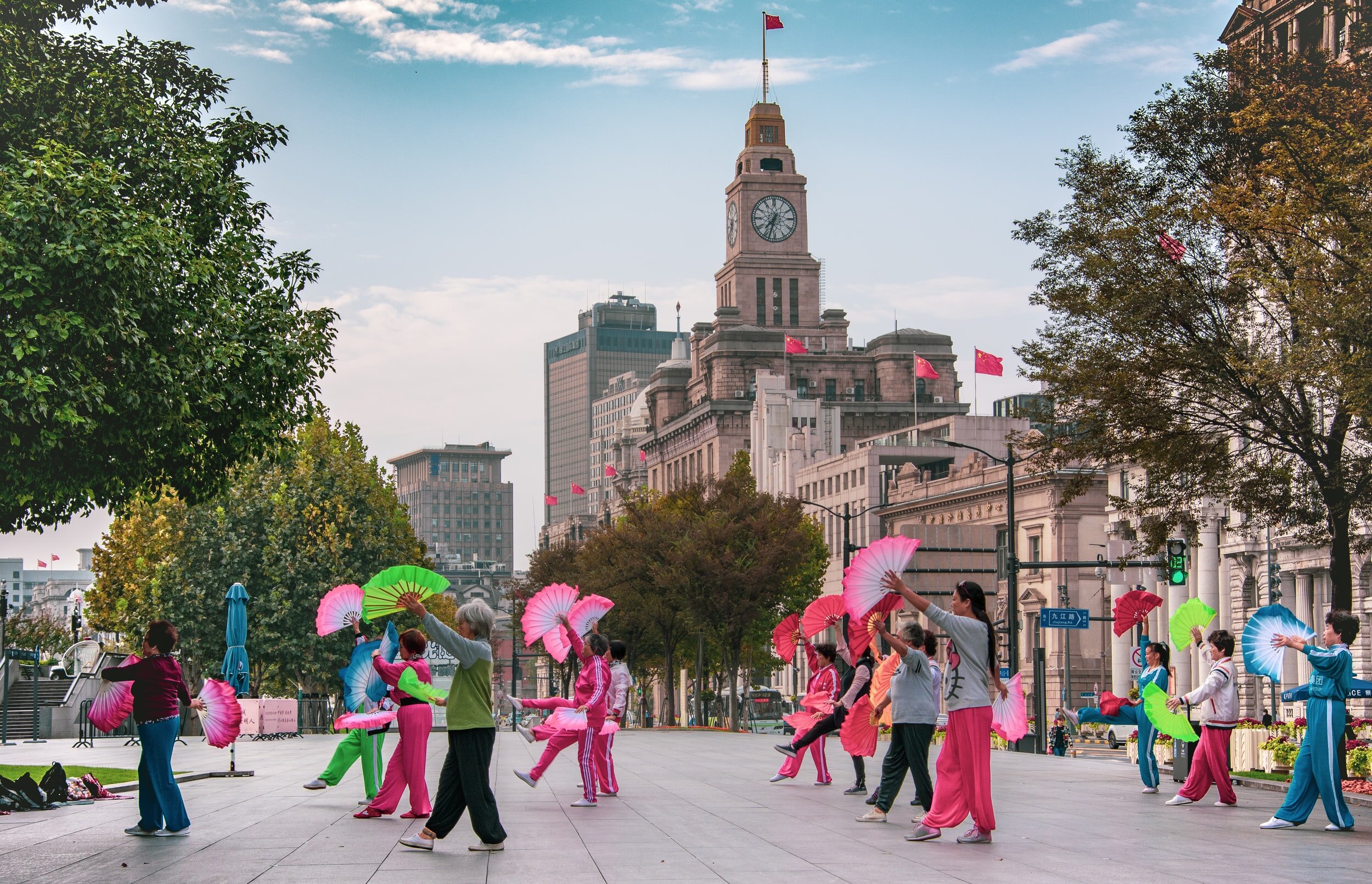
Editor’s note: This is the last in a series of congregational letters to a church in the midst of church planting. The first was written by the pastor of the mother church; this letter and a letter published earlier this week were written by the pastor at the new plant.
Although our church is still not completely separated from the mother church, we have already started small group meetings at the site where we will eventually be planted. In obedience to the Bible, and seeing God’s call for us as an evangelistic mission, the church planting process has mostly gone smoothly. Still, as a church planting pastor, I face this major temptation: to succumb to fear that we have started the church plant before we were fully prepared and ready to make detailed adjustments. Are we really going to start like this? My perfectionism drives me to make things look more mature, but one can always find a reasonable excuse to put off a project.
So, let’s go on and get started. After all, the Bible does not give a detailed preparation list for planting a church, either. During our gatherings over the past few weeks, we could immediately feel the discomfort that church planting produces for both our mother church, as well as the new church. The elders’ meeting went from a roundtable of six, to a small meeting of three. The pastoral responsibilities of each elder have increased exponentially, especially at the mother church. The church plant has created many vacancies in church service positions, and our new church is short-staffed in almost every position. This makes Sunday gatherings a bit of a mess at times.
>
”“There are many more discomforts of this ilk; and perhaps the future holds even more challenges. Is planting a church really worth it?The answer is: yes, it is worthwhile for us to do so.”
With no change in the number of members, one church has become two churches. Budgeting pressures have doubled, and the financial pressure will become still more obvious once the churches are completely separated. There are still ongoing discipleship relationships among the members, as well as biblically-rooted spiritual relationships and friendships.
Never miss a story
This separation of course brings reluctance and sadness. Some members of the new church have come to me in tears, disheartened because they suddenly realized that, due to prolonged separation during the epidemic, it has become almost impossible for them to come back and visit their mother church.
There are many more discomforts of this ilk; and perhaps the future holds even more challenges. Is planting a church really worth it?
The answer is: yes, it is worthwhile for us to do so.
1. Planting a church is worth it for the sake of God’s glory.
Pastor John Piper said, “Mission exists because worship doesn’t. Mission is temporary, but worship endures forever.” New churches are planted on the other side of town in order that unreached people in that area may be reached by the gospel. It is exactly because people do not worship God and honor his glory that we need to preach the gospel and plant churches. We do this so that people will come to worship God and give him the glory he deserves. “Let the peoples praise you, O God; let all the peoples praise you! Let the nations be glad and sing for joy, for you judge the peoples with equity and guide the nations upon earth.”
2. Planting a church is worth it to build the faith of God’s people.
It is true that there are many risks when planting a new church: we will face gaps in volunteer positions, and we may even face financial shortages. Yet this is exactly the time members should exercise their faith and look to God together. As we have mentioned in previous sermons: a Christian’s spiritual life is not an unrelenting slide into heaven, pulled forward by the force of inertia. Instead, the Christian’s life is a constant exercise of sanctifying faith in a sinful world.
>
”“Those who follow Jesus Christ are always to be ready to be sent by Christ. Worship services on Sunday do not exist for the end of the service in itself. Instead, weekly services are themselves a commissioning, an evangelical sending of all called disciples into the world to ‘make disciples of all nations.’”
God is raising up many members to serve in the volunteer position gaps. We are also seeing many brothers and sisters being chosen by God to take on difficult ministry responsibilities. Although we are still short of the elders we need, and just a few elders are now caring for more members, this only reinforces our zeal to pray to God to raise up elders among his people.
3. It is worthwhile for the future harvest.
Our church planting group has been studying Galations, which says: “Let us not grow weary of doing good, for in due season we will reap, if we do not give up.” Paul uses the analogy of a farmer to describe the fruitfulness of our spiritual lives. We will encounter hardships in these early stages of church planting. The barriers of our likes and dislikes will be broken down as we go out of our comfort zones and encounter many other obstacles. It is even possible that we may not see any changes for some time; this is the case when sowing seeds. But the Bible promises that if we do what is good, abiding by the Scriptures and what is pleasing to God, that in the appointed time what we sow will bear fruit. The day of reaping will indeed be a time of joy for us.
This week, thirty-five members will be sent out from our mother church to go to a new place and establish a gospel community. Yet such sending is not the ultimate goal, for either our mother church or for our own newly planted church. Those who follow Jesus Christ are always to be ready to be sent by Christ. Worship services on Sunday do not exist for the end of the service in itself. Instead, weekly services are themselves a commissioning, an evangelical sending of all called disciples into the world to “make disciples of all nations.”
Sun Lei is a pseudonym for a church planting pastor in a large Eastern Chinese city.
FOR PRAYER AND REFLECTION
Pray for the many practical challenges—such as finding volunteers, budget shortfalls, and a need for wise elders—faced during church planting.


































